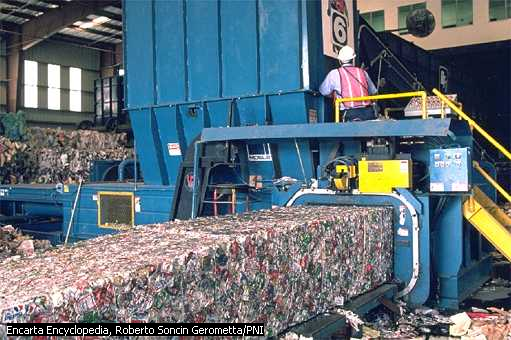
- •Concrete island*
- •Word-Combinations and Phrases
- •Topical vocabulary Man’s Impact on the Biosphere:
- •Protection of Atmosphere:
- •Protection of Soil:
- •Protection of Water:
- •Noise Pollution:
- •The Ways of Solving Ecological Problem:
- •Save the Earth!
- •The Environmental Crisis – Number One International Problem
- •Animals in danger
- •Food Safety
- •The Throw-Away Society
- •The Green Answers
- •1. Throw Away Less Rubbish
- •2. Turn Rubbish into Energy
- •3. Use Rubbish Again
- •What is Recycling?
- •Trash or Treasure?
- •The Three Rs of Trash
- •Student Trash Profile
- •The Fossil Fuel Data-Bank
- •The Nuclear Power Data-Bank
- •Solar Power
- •Geo-Thermal Power
- •Wind Power
- •The Future
- •Where Does Our Tap Water Come From?
- •What can you do?
- •Environmental Education and the Public Ecological Movement
- •Glossary
- •Appendix
- •Flower thieves
- •Video Comprehension Duration: 3 minutes and 3 seconds
- •Salmon return to the thames
- •Video Comprehension Duration: 2 minutes and 16 seconds
- •Changing weather
- •Thunderstorm
- •Precipitation
- •How can behaviour and economics be made more climate-friendly?
- •The twenty-first century and beyond
- •Secretary-general kofi annan in the millennium report: biodiversity – the web of life
- •Secretary-general kofi annan in the millennium report: what are we doing to our planet?
The Three Rs of Trash
![]() s
you make your next trip to the trash can, think about the item you
plan to throw away. Maybe there's an alternative to disposal. While
there is no easy solution to the problem of trash, there are some
things we can do to make less of it. Scientists call those things the
"three Rs of trash" – reduction, reuse, and recycling.
s
you make your next trip to the trash can, think about the item you
plan to throw away. Maybe there's an alternative to disposal. While
there is no easy solution to the problem of trash, there are some
things we can do to make less of it. Scientists call those things the
"three Rs of trash" – reduction, reuse, and recycling.
We reduce the amount of trash we generate and we use fewer disposable items. For example, we can select products that have as little packaging as necessary so that there is less to throw away. Buy hot cereal or cocoa mix packaged loose in a box instead of individual packets and you'll produce less trash. When we reuse an item again and again, we cut down on the amount of trash we discard, pour yourself a glass of juice instead of reaching a juice box. You can wash that glass and use many times over. Many communities have "reuse centers" – local thrift shops or materials-exchange facilities – where people can donate reusable items rather than throw them away. By donating, we prevent useful items from being discarded and make them available to others. We conserve the natural resources that would be used to create more of the same product.
When
we recycle,
we separate and collect items that would otherwise wind up in the
trash can. These items are then used to make new products. For
example, aluminum cans can be recycled into new cans over and over.
Used paper can be recycled into new paper products. Plastic bottles
and plastic bags can be recycled as well. 
Buy a recycled product, and you help to close the recycling loop that began when you separated the materials in the first place. Recycling not only reduces the amount of trash we throw away but also protects the environment and conserves our natural resources. Recycling isn't easy, but it is important. Many communities require residents to separate paper, plastics, metals, and glass from their trash. If you recycle, then you're one of the billions of people who recognize recyclables as valuable resources, not trash.
Student Trash Profile
This activity sheet will help you estimate the weight of the trash you discard during one study day, and then to estimate the weight of trash discarded by your entire group. On the chart below, list the items you think you throw away in a day. Use the list of common items on the next page of this activity sheet to help you calculate the weight of the items in your profile.
|
Item |
Weight of Each Item (grams) |
Quantity of Each Item |
Total Weight of Each Item (grams) |
|
|
|
|
|
|
|
|
|
|
|
|
|
|
|
|
|
|
|
|
|
Estimated Weight of Group's Total Trash (grams): |
Est. Total Weight of Student's Trash (grams): | ||
Discuss the results in your group. Estimate the most and the least environmentally-friendly student. Make up the list of activities to reduce individual trash amount.
Task 11. Study the facts given below and express your opinion about the future sources of energy. Will natural energy become more important? Why?
